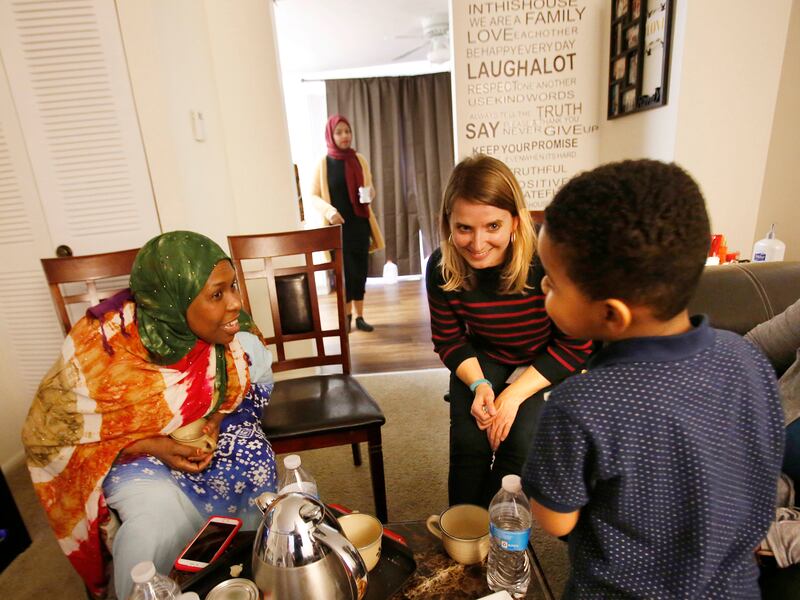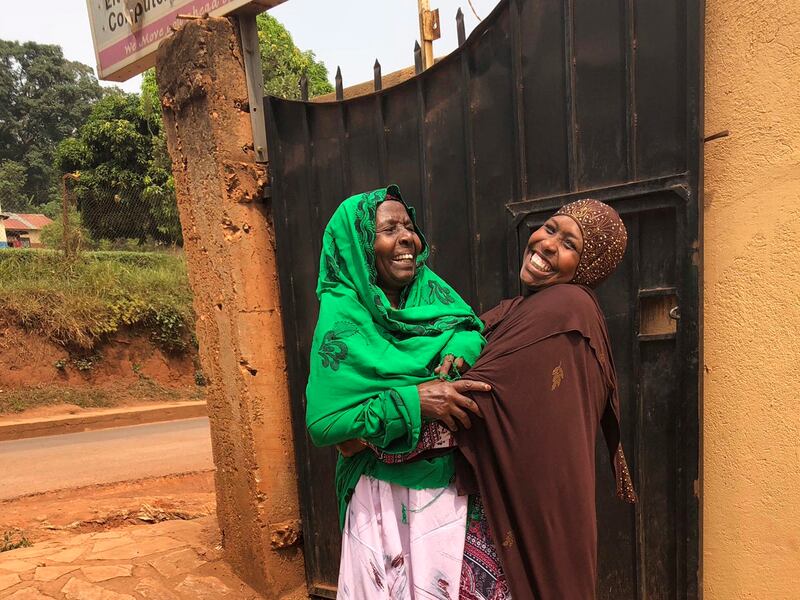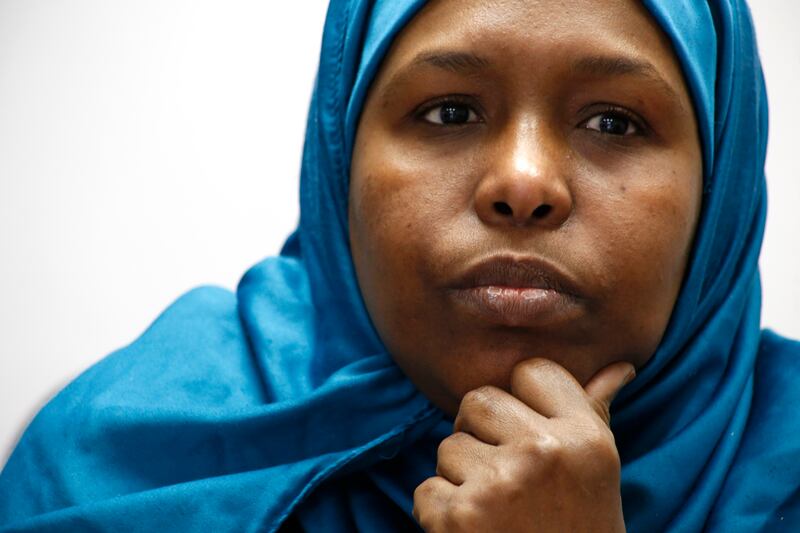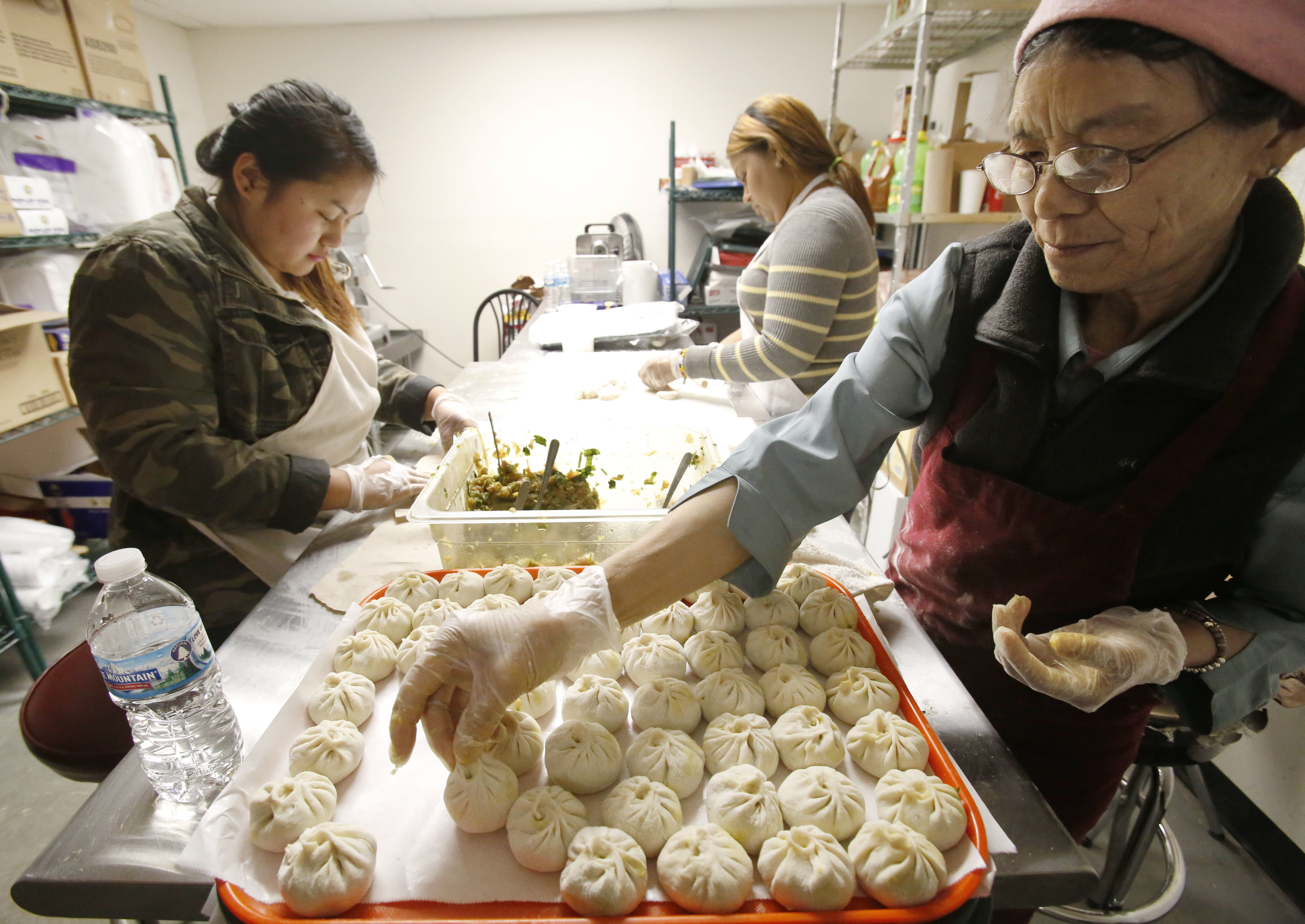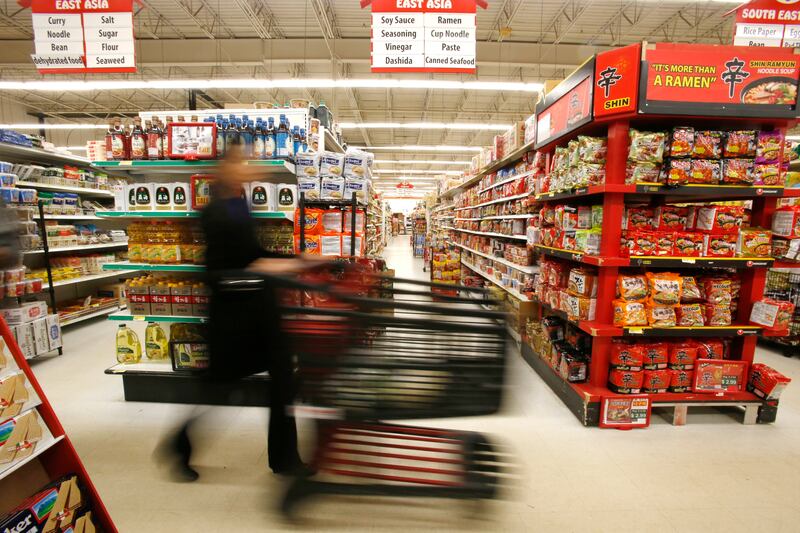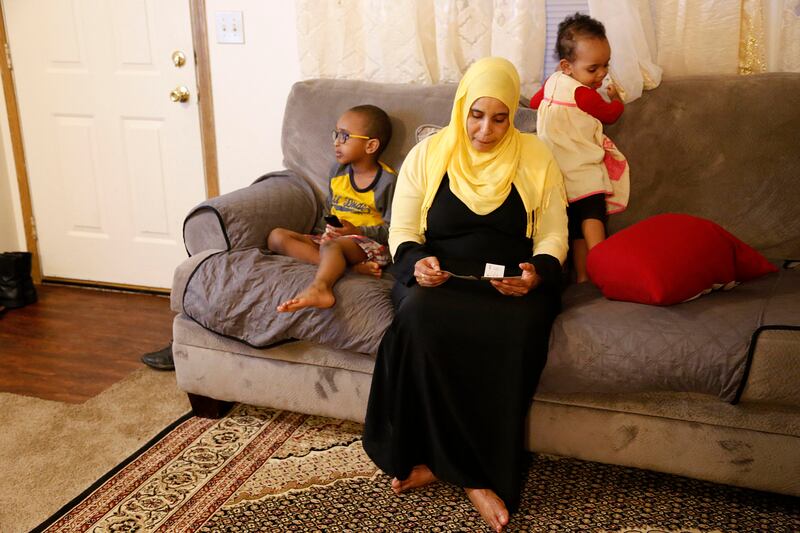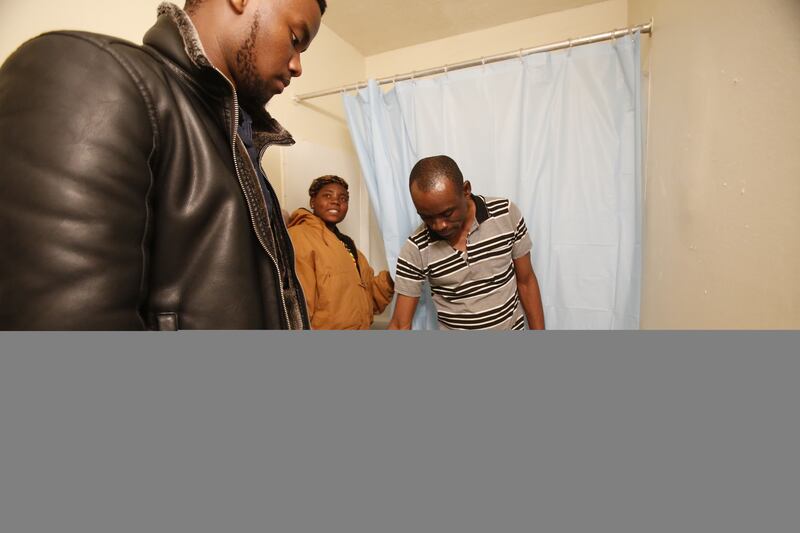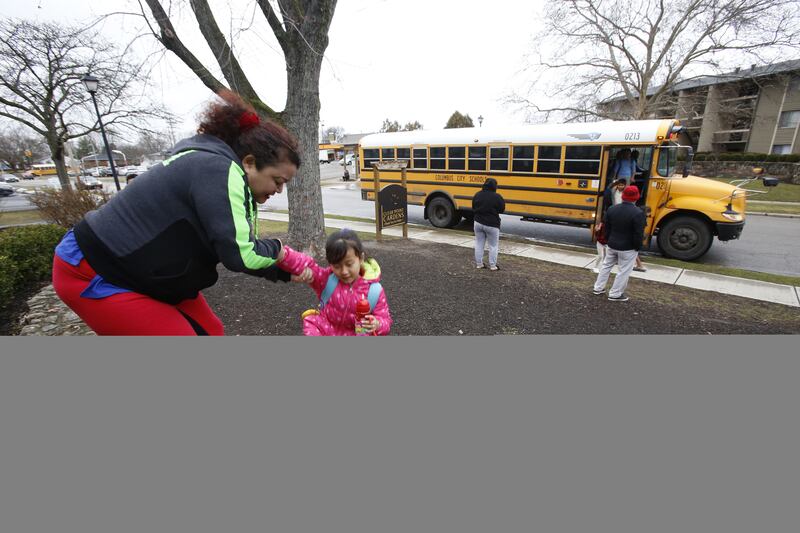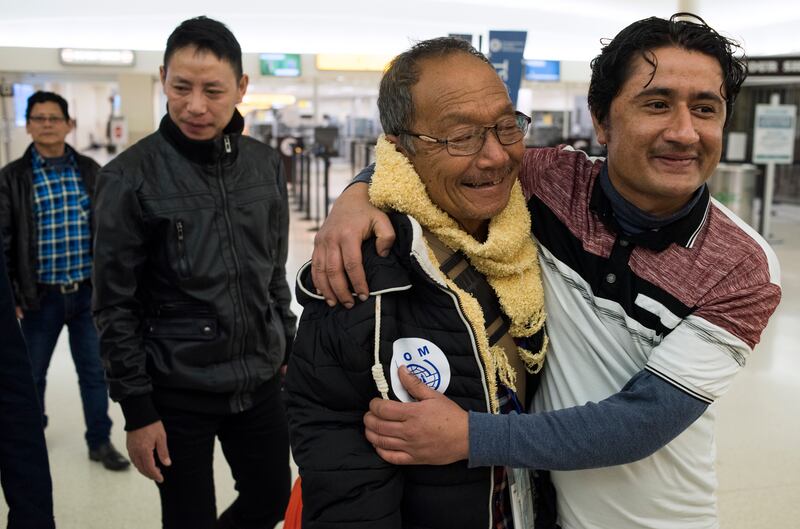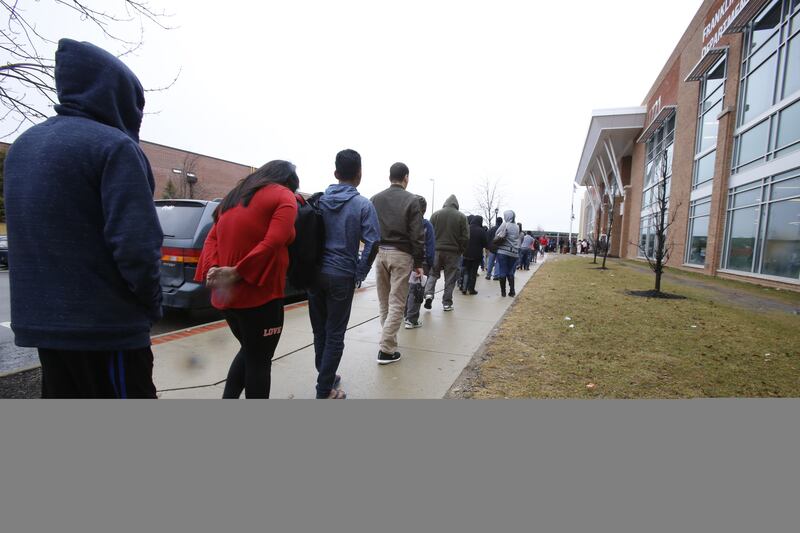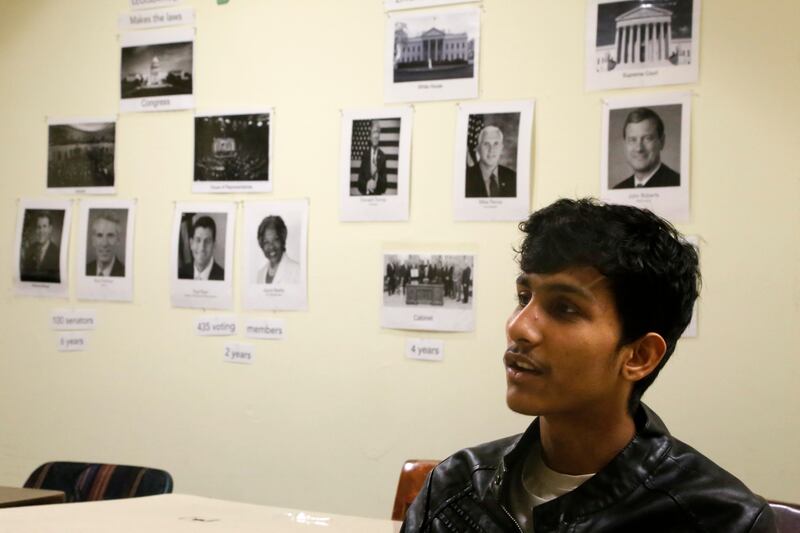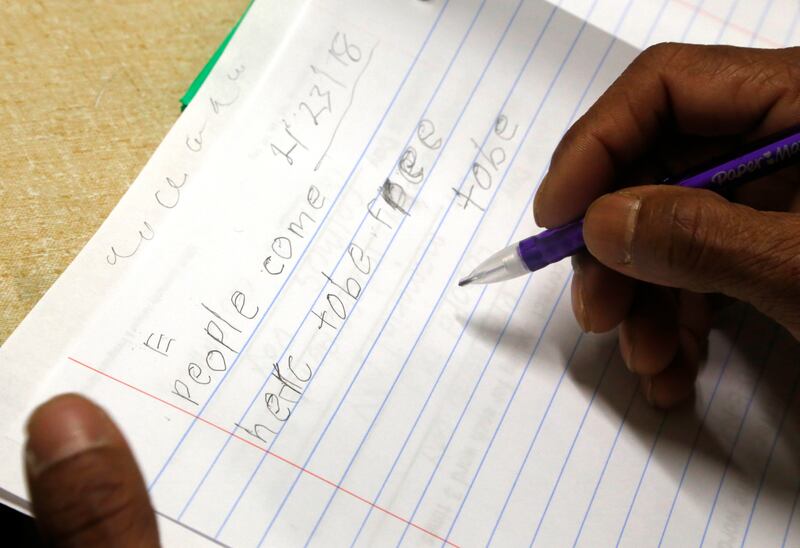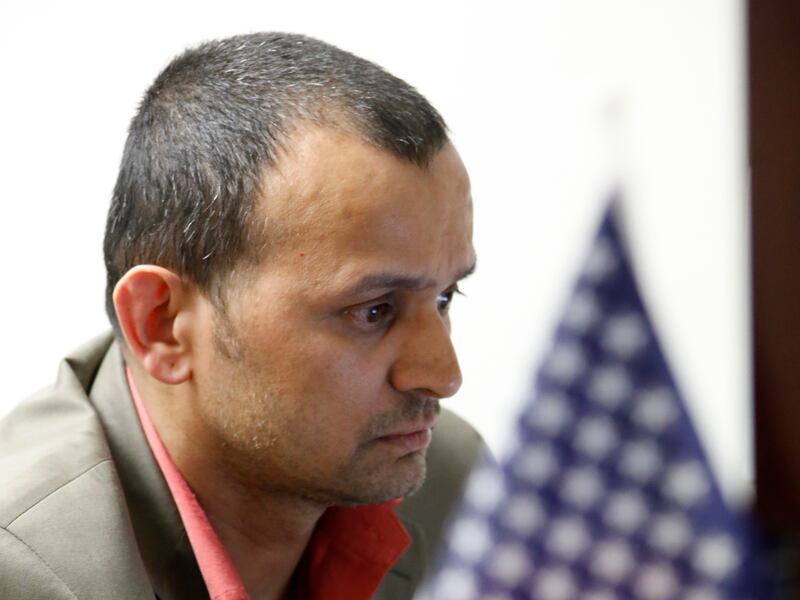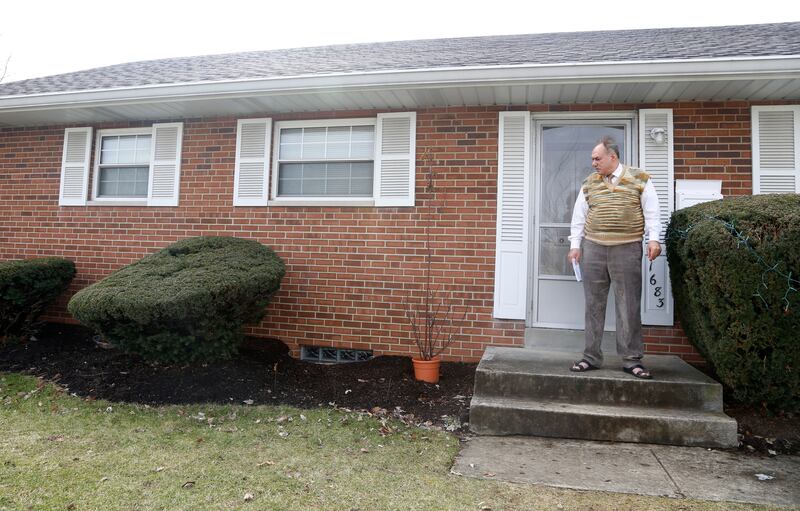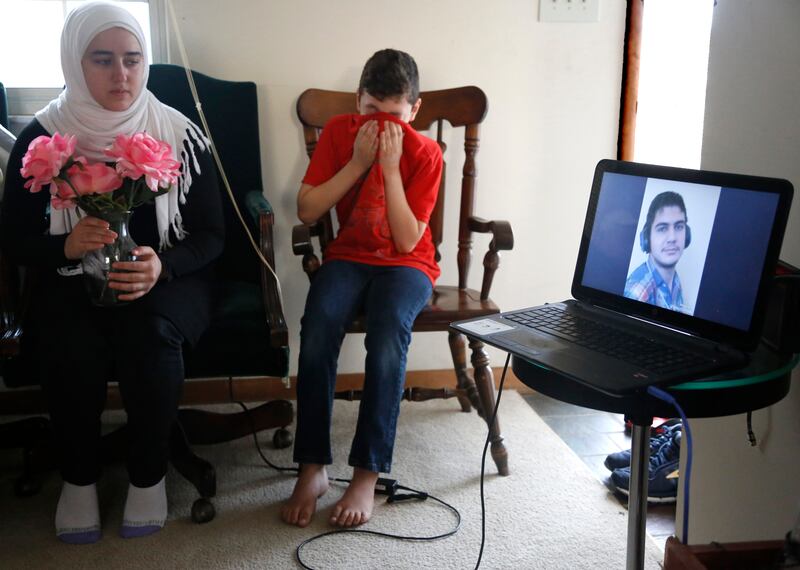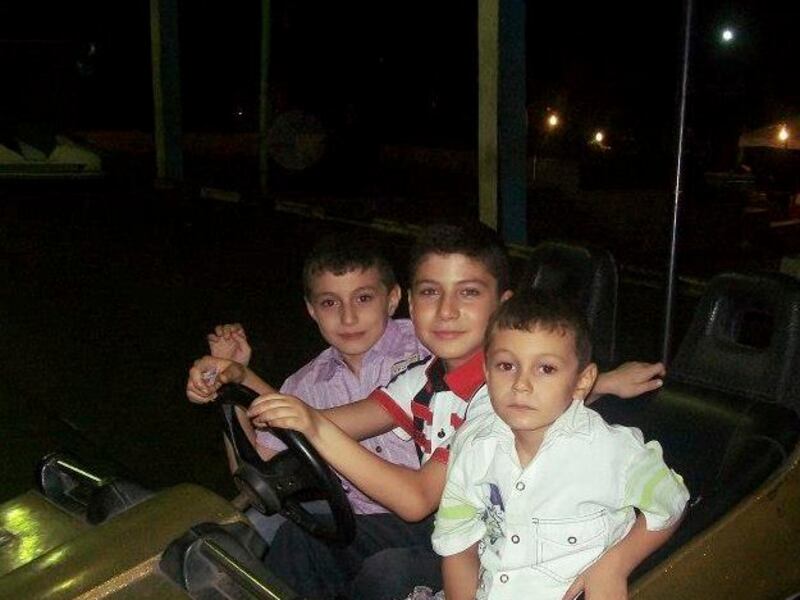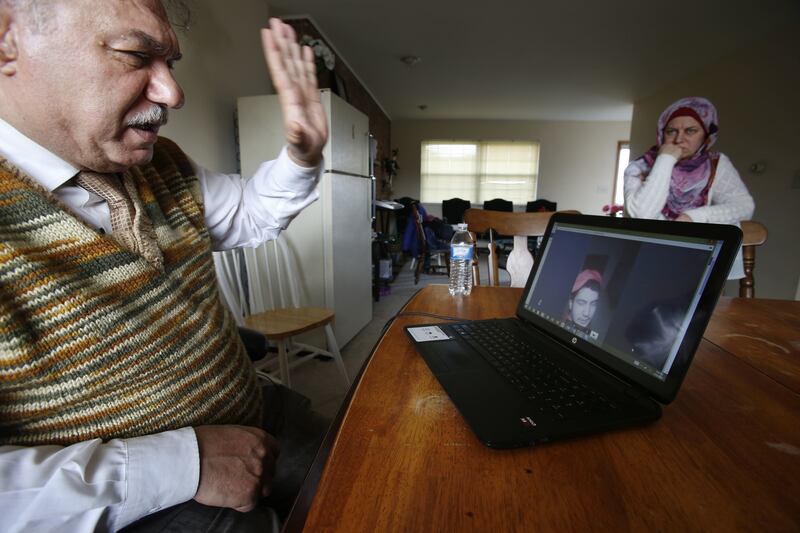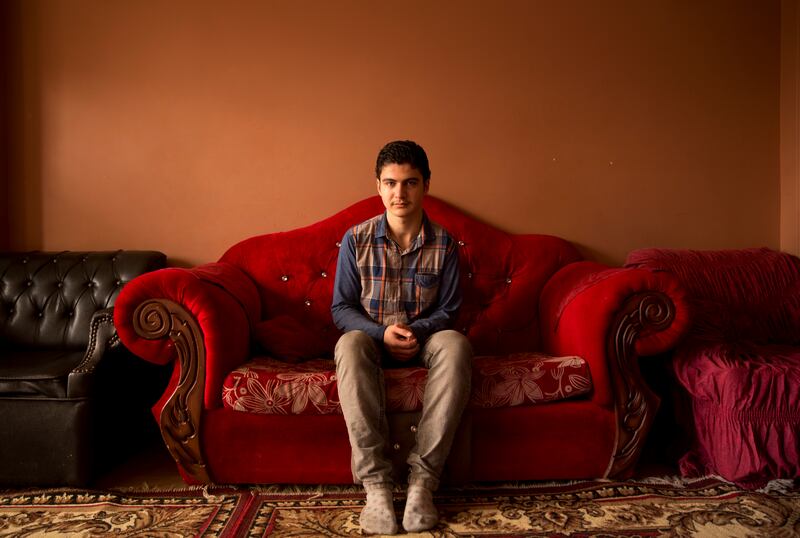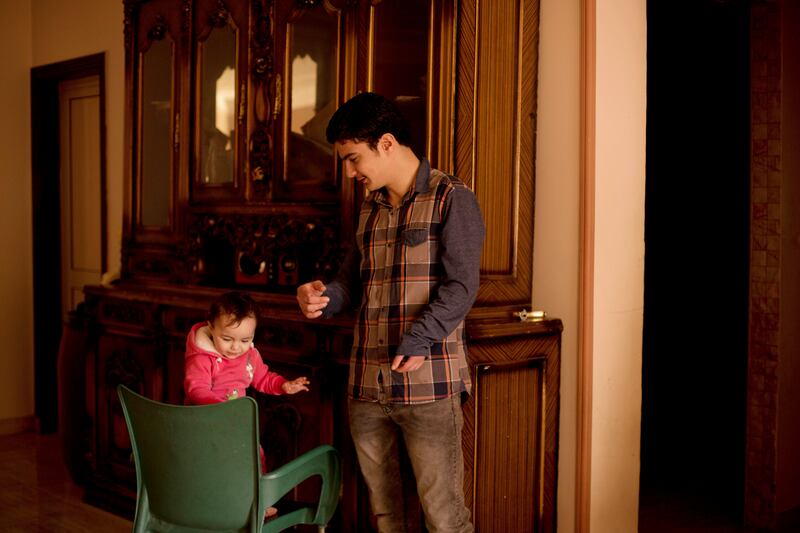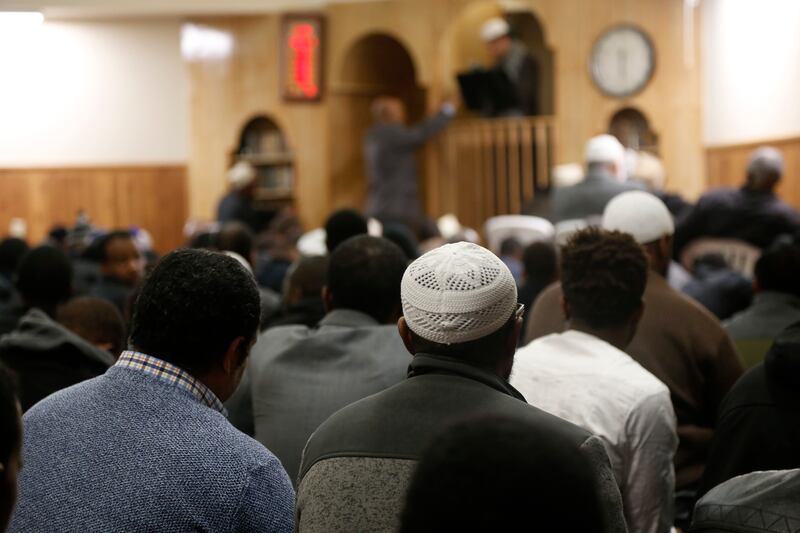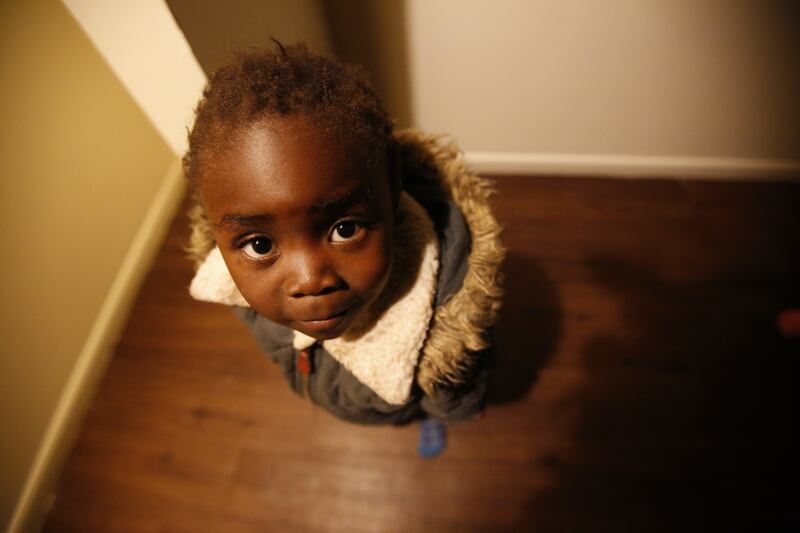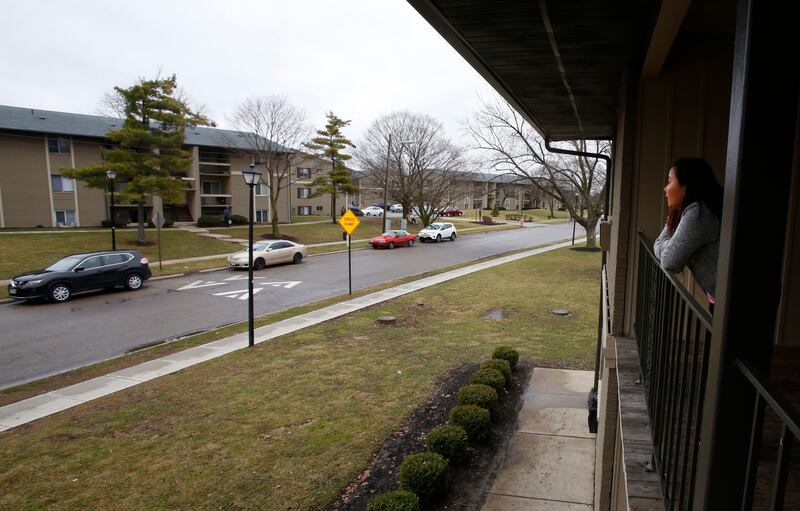SALT LAKE CITY — Some 1,200 refugees were resettled in Utah in fiscal year 2016, the vast majority of whom started the next chapter of their lives in Salt Lake County.
Under the Trump administration's restrictions on the entry of refugees from majority-Muslim countries and others it deems pose a risk to national security, numbers of resettlements have dropped precipitously in Utah and the United States thus far in fiscal 2018, according to an Associated Press analysis of U.S. State Department data.

"For refugees waiting for resettlement and family re-reunification, this misguided policy shift has kept families apart and is a significant hit on the most vulnerable people in the world. Keeping loved ones separated in this way certainly adds to the agony refugees find themselves, to no fault of their own, having to endure," said Patrick Poulin, executive director of International Rescue Committee's Salt Lake City office. It is one of two refugee resettlement agencies in Utah.
Aden Batar, immigration and refugee resettlement director for Catholic Community Services of Utah, said resettlement workers have no answers for families who are anxious to reunify with family members who have undergone rigorous vetting and linger in refugee camps.
"We had a system that was working for more than 40 years. The system was not built overnight. It was infrastructure that was built over the years and it was working fine. The vetting process was working well," he said.
In 2016, which Batar describes as "the last healthy year" of refugee resettlement, some 85,000 refugees entered the United States.
That year, Catholic Community Services of Utah resettled 632 refugees, 412 the following year and 94 to date for FY2018, he said.
In Utah, the International Rescue Committee has resettled 120 refugees thus far this fiscal year, Poulin said. This is a 58 percent reduction in arrivals compared to the same period a year ago.
The committee's Salt Lake office hopes to resettle 300 refugees by September, about half of its usual number of new arrivals, Poulin said.
Among Somalis alone, resettlements in Utah have dropped from nearly 200 in fiscal 2016 to eight in FY2018, according to the Associated Press analysis.
There have been no resettlements of refugees from Iraq, Syria, Central African Republic, Burundi and Sudan in fiscal 2018, the data shows.
Among refugees from Myanmar (formerly Burma), a steady stream of resettlements over the past decade dropped to a handful in FY2018, according to AP. Typically these have been some of the largest groups resettled in Utah.
Under limits put in place by the Trump administration, Batar questions whether the 45,000 cap for resettlement this year will be realized.
"The administration this year said 45,000. They need to admit 45,000, even though that number is really low. … They're using all kind of tactics to delay and to stop and not allow people to come in. Even though people have already gone through the new vetting process, we're still not seeing the number move fast enough," Batar said.
Meanwhile, growing numbers of people are being displaced worldwide, he said.
"The situation is really dire. The numbers are not declining. The number of worldwide refugees continues to rise and if the U.S. is not taking them, I don't know what other countries are going to do, especially when those countries that are hosting the refugee camps, more than 80 percent of them are in Third World countries," said Batar, the first Somali refugee resettled to Utah in the 1990s.
Many refugee resettlement agencies across the country have prepared to shutter or pare back their operations as a result of the reduction of refugees allowed to enter the United States, according to a Reuters report published in February.
Neither of Utah's resettlement agencies is at risk of closure because of ongoing case management of refugees, advocacy efforts and programs that help refugees obtain citizenship, develop work skills and live healthy lifestyles, Poulin and Batar confirmed.
However, Catholic Community Services has had to cut a dozen employees in the past year due to the plunging numbers of refugees admitted for resettlement, Batar said.
One of the greatest frustrations is that the curbs on refugee resettlement have been established on baseless fears, he said. By and large, refugees are contributors. They value education, many serve in the armed forces and they in every way consider themselves Americans.
Some 50,000 refugees have been resettled in Utah since the end of the Vietnam War, according to the Utah Department of Workforce Services.
Utah is a welcoming state and volunteers still reach out to help because they believe in resettlement, Batar said. "As Utahns, we want refugees to come to our state."
Poulin said he remains hopeful.
International Rescue Committee's Salt Lake office resettled 45 new refugee arrivals in February, the largest number for a month in more than a year. Volunteer applications surged 200 percent in response to the first refugee travel ban in 2017.
While the resettlement numbers may be down, "the hope in humanity carried by these resilient individuals and the hope maintained by those of us receiving and welcoming these refugees remains as strong as ever,” Poulin said.
Batar urged Utahns to reach out to their congressional representatives to demand that the administration meet established caps on entry and eventually lift them.
"Only the Congress can pressure the administration to allow refugees to come in," he said.

